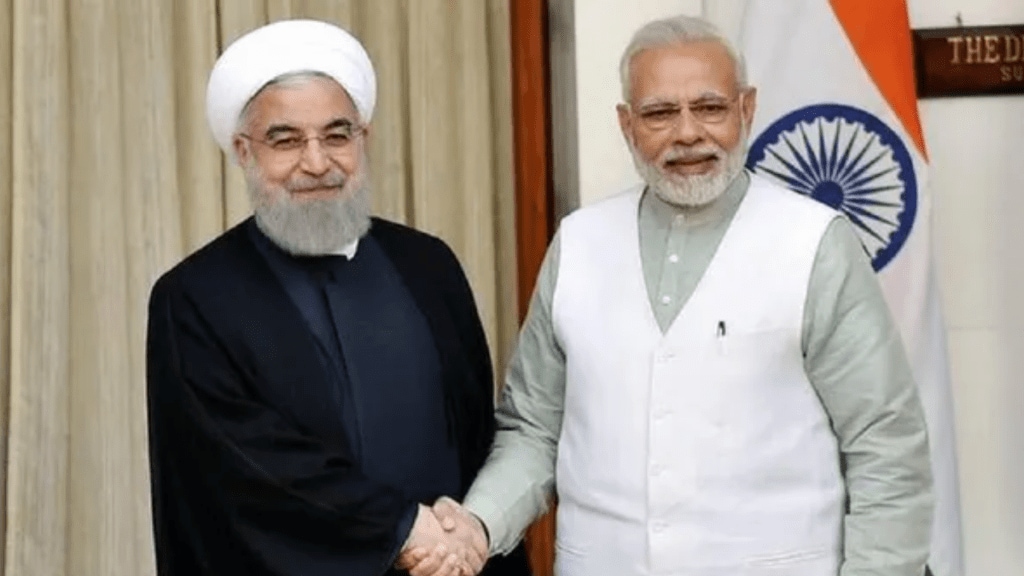India has committed to significant investments in Iran, focusing on the strategic development of the Chabahar Port and infrastructure in southeastern Iran. This initiative underscores the deepening economic and strategic ties between the two nations, highlighting the importance of Chabahar Port as a crucial transit point for trade.
Investment Details and Strategic Importance
India has allocated a US$250 million credit line to support infrastructure projects in southeastern Iran. Additionally, under the Chabahar port agreement, India will invest US$120 million specifically for the Shahid Beheshti Terminal. This investment aims to enhance connectivity for landlocked Afghanistan and other Central Asian countries, allowing goods to bypass Pakistan, thereby facilitating smoother trade routes.
Iran’s Ambassador to India, Iraj Elahi, noted the increasing interest from Indian investors in Iran, emphasizing that such investments are pivotal for regional economic growth. The Chabahar Port project, particularly the Shahid Beheshti Terminal, is central to this vision, serving as a linchpin in connecting South Asia with the Persian Gulf, Afghanistan, Central Asia, and Europe.
Historical Context and Development
The strategic importance of Chabahar Port dates back to 2002 when discussions between Iranian and Indian officials, including Iran’s then-National Security Advisor Hassan Rouhani and India’s Brajesh Mishra, led to a strategic cooperation plan. By January 2003, the plan materialized with an agreement between Iranian President Syed Mohammad Khatami and Indian Prime Minister Atal Bihari Vajpayee. This agreement underscored the potential of Chabahar Port to serve as a crucial gateway for regional connectivity.
Current Developments and Humanitarian Role
Since December 2018, India Ports Global Limited (IPGL) has managed Chabahar Port through its subsidiary, India Ports Global Chabahar Free Zone (IPGCFZ). The port has facilitated the movement of over 90,000 twenty-foot-equivalent units (TEUs) of container traffic and more than 8.4 million metric tonnes (MMT) of bulk and general cargo. India has provided essential equipment, including six mobile harbour cranes, to support port operations.
Chabahar Port has also played a significant humanitarian role. During the Covid-19 pandemic, the port was instrumental in delivering aid, including 2.5 million tonnes of wheat and 2,000 tonnes of pulses from India to Afghanistan. In 2021, India sent 40,000 liters of the eco-friendly pesticide malathion to Iran through Chabahar Port to combat locust infestations.
Strategic Agreements and Future Prospects
FinancialExpress.com reported recent in May 2024, India and Iran signed a 10-year agreement for India to operate the cargo and container terminals at Chabahar Port. This agreement aligns with India’s strategic and economic goals, enhancing trade connectivity with Central Asia and beyond. The signing ceremony, attended by Union Minister for Shipping, Ports, and Waterways Sarbananda Sonowal, marked a significant milestone in bilateral relations.
Despite facing various challenges, including geopolitical tensions and economic sanctions, the Chabahar Port project remains a cornerstone of India’s strategic interests in the region. The port’s development is crucial for maintaining regional stability and fostering economic growth.
Diplomatic Engagements and Future Collaborations
In August 2023, Prime Minister Narendra Modi met with Iranian President Ebrahim Raisi during the BRICS Summit in Johannesburg. The leaders discussed the long-term contract for Chabahar Port, providing clear political guidance to finalize and sign the agreement. This diplomatic engagement underscores the commitment of both nations to strengthen their economic partnership.


